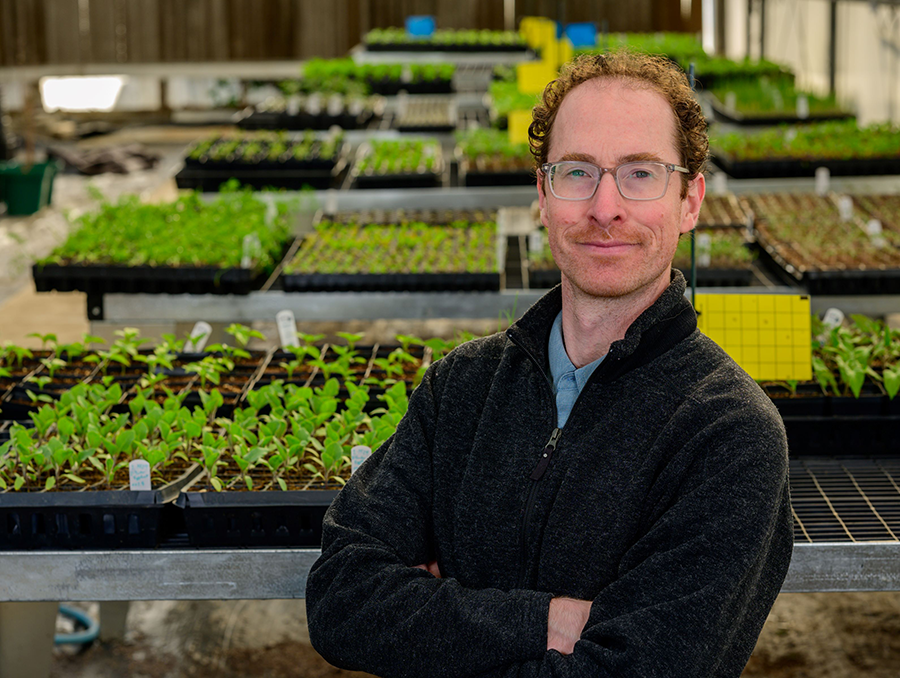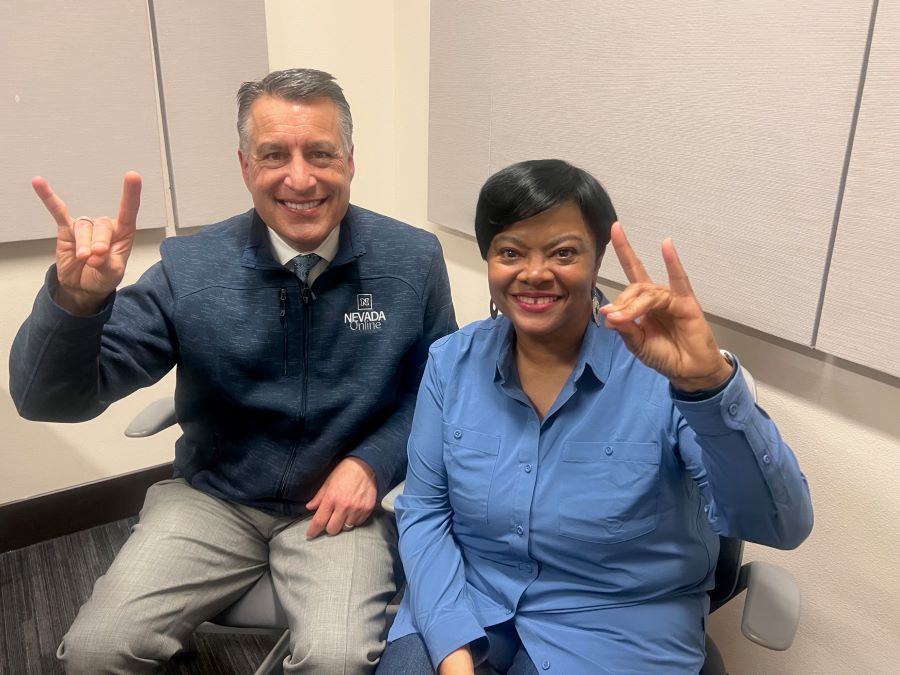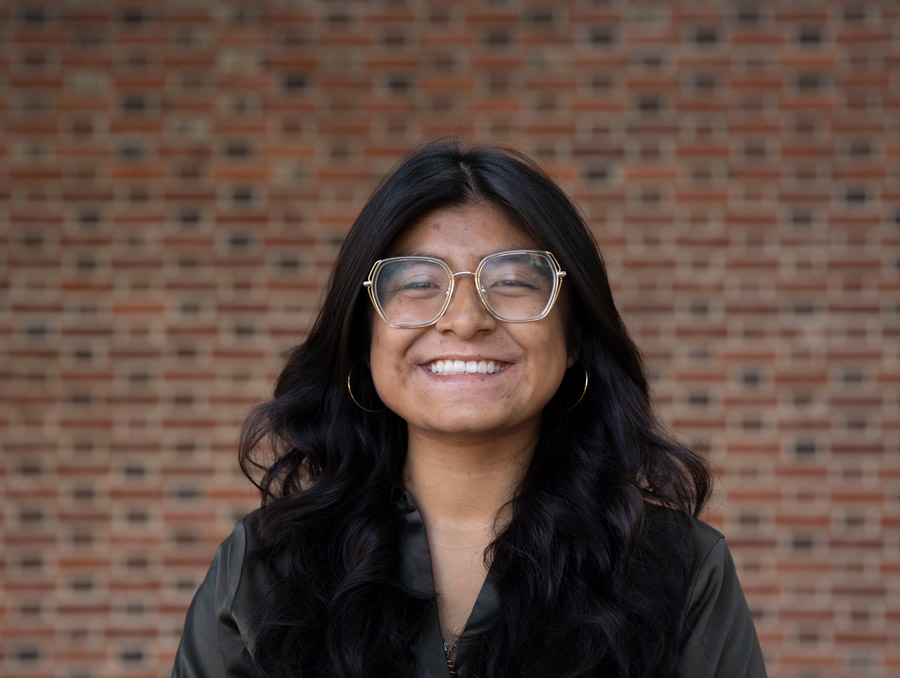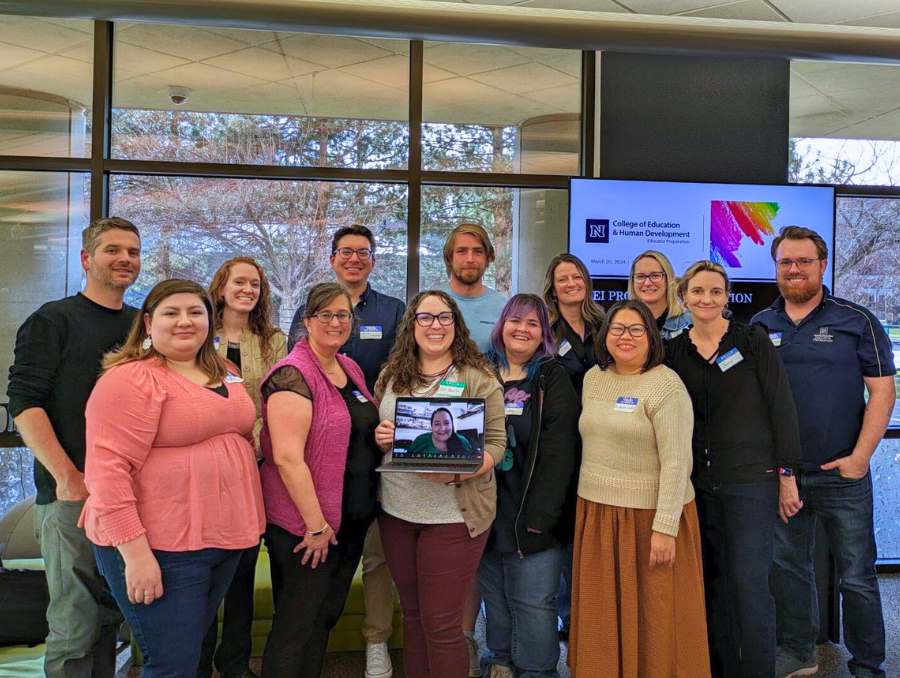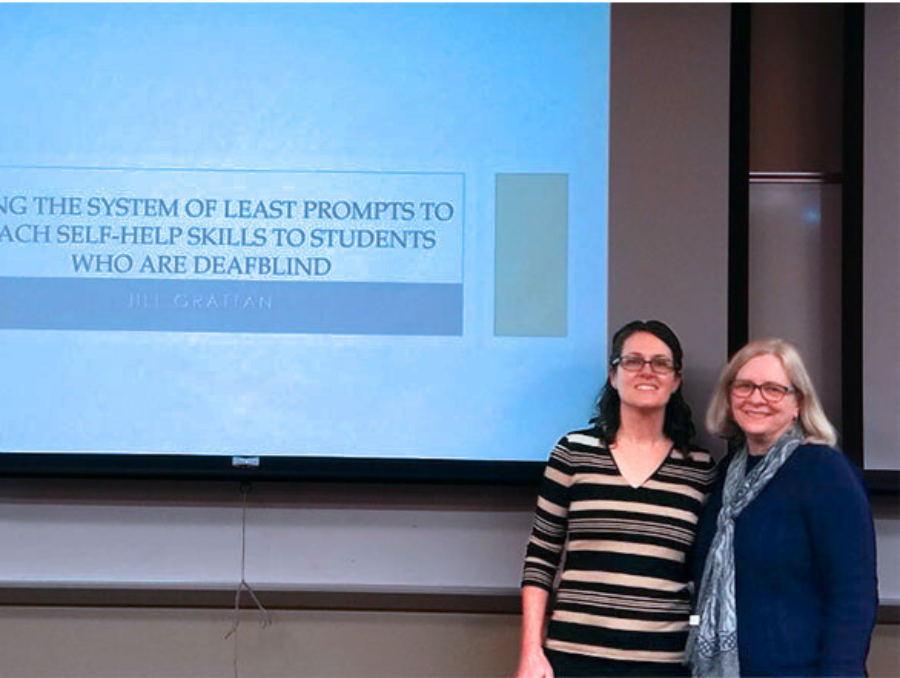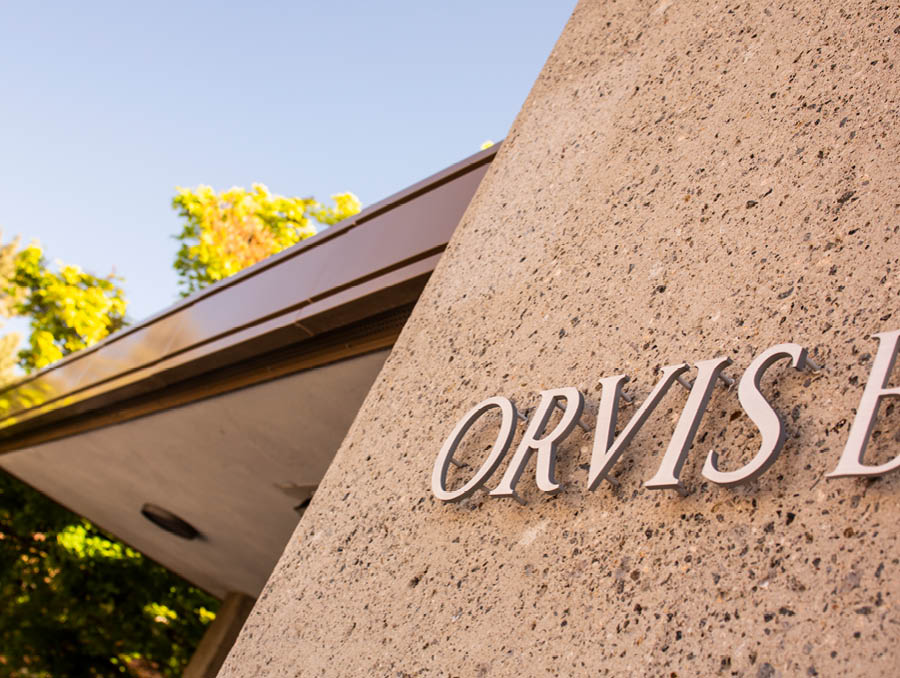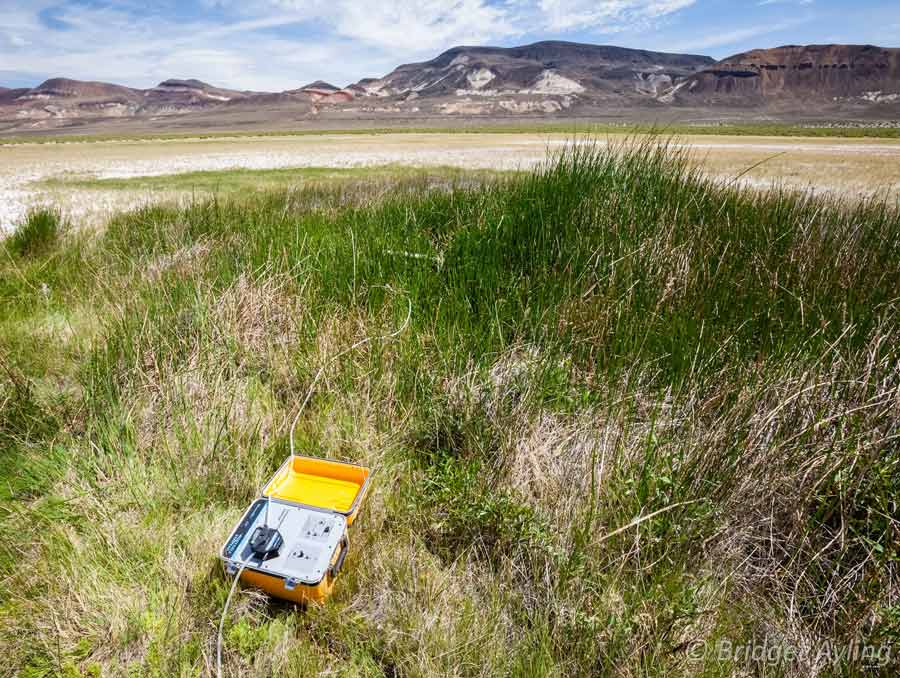In late October, as anxious commuters waited for the San Francisco-Oakland Bay Bridge to reopen following the collapse of two steel rods and a crossbeam, the California Department of Transportation (Cal Trans) turned to a Department of Civil and Environmental Engineering professor to serve on a panel to review and approve the department’s repairs on the Depression-era bridge.
Ahmad Itani had conducted tests on portions of the bridge at the College of Engineering’s Large Scale Structures Laboratory since 1996, and was a natural choice for the consulting role.
“The problem was the eastern part of the cantilevered span from Oakland to Yerba Buena Island,” Itani said in an interview with the Reno Gazette-Journal. “So we are familiar with the bridge at UNR. It’s an old bridge, built in 1936, and the ability of this structure to withstand an earthquake is very low.”
Itani said the bridge’s age, along with the sheer amount of volume of vehicle weight it must withstand each day as one of the key roadways leading into San Francisco, have combined to bring the bridge closer to the end of its lifespan.
“If I gave you a paper clip and told you to break it, it would just bend back and forth,” he explained to the Reno Gazette-Journal. “So with age, it is only a matter of time, which is why you replace a bridge after 70 years.
Itani worked with other members of the advisory panel throughout the Nevada Day weekend before giving their approval to re-open the bridge to Federal Highway Administration officials.
Itani’s prior experience with the bridge proved valuable as he spent hours in meetings as well as on the bridge itself.
“One time, I spent most of the night on the bridge,” he said. “I tell you, it was really cold up there at 4 p.m.
The bridge’s closure in late October was its longest since the 1989 Loma Prieta Earthquake, when it was closed for a month.




